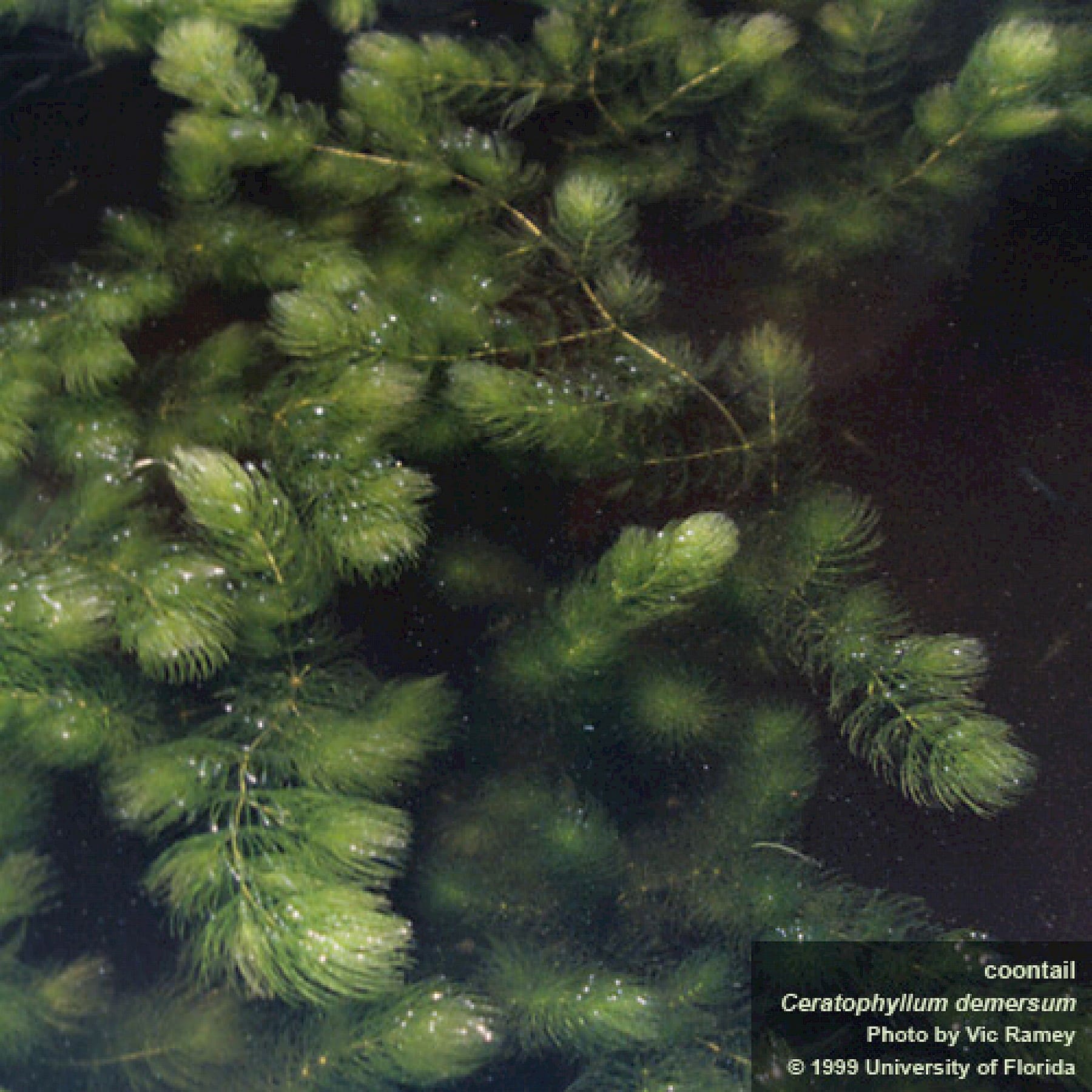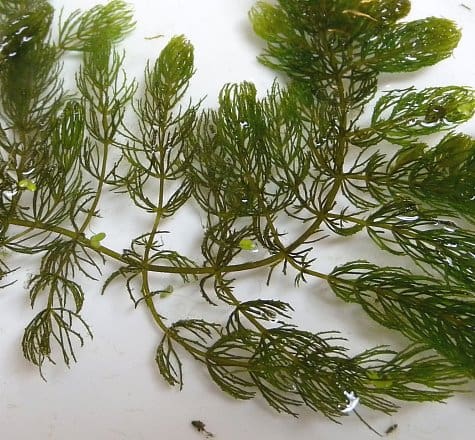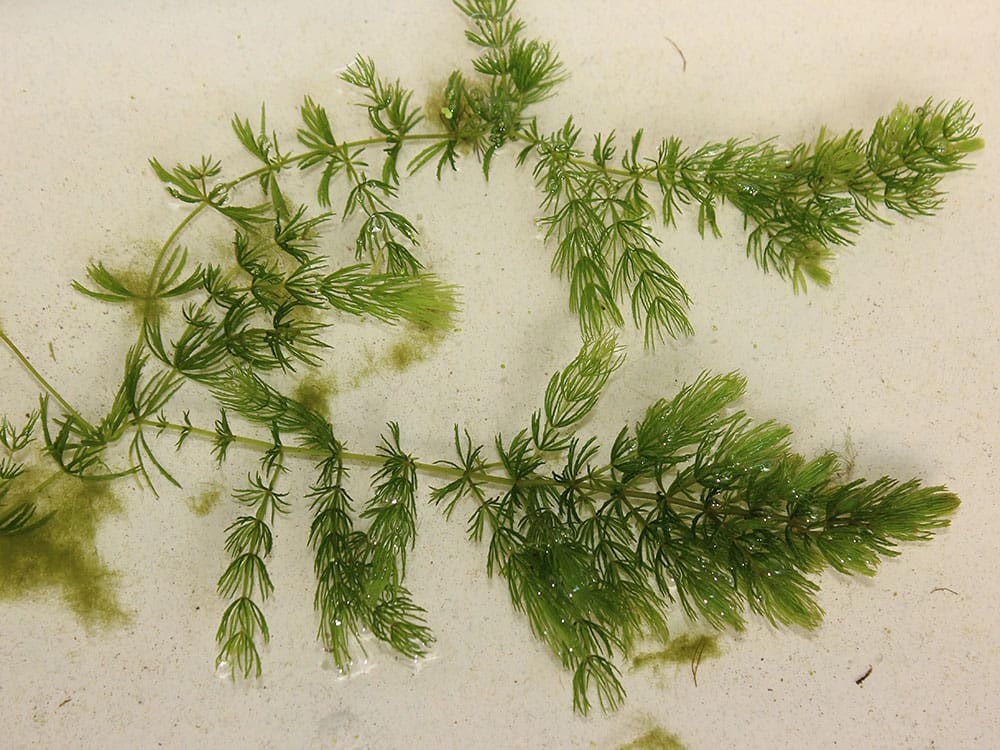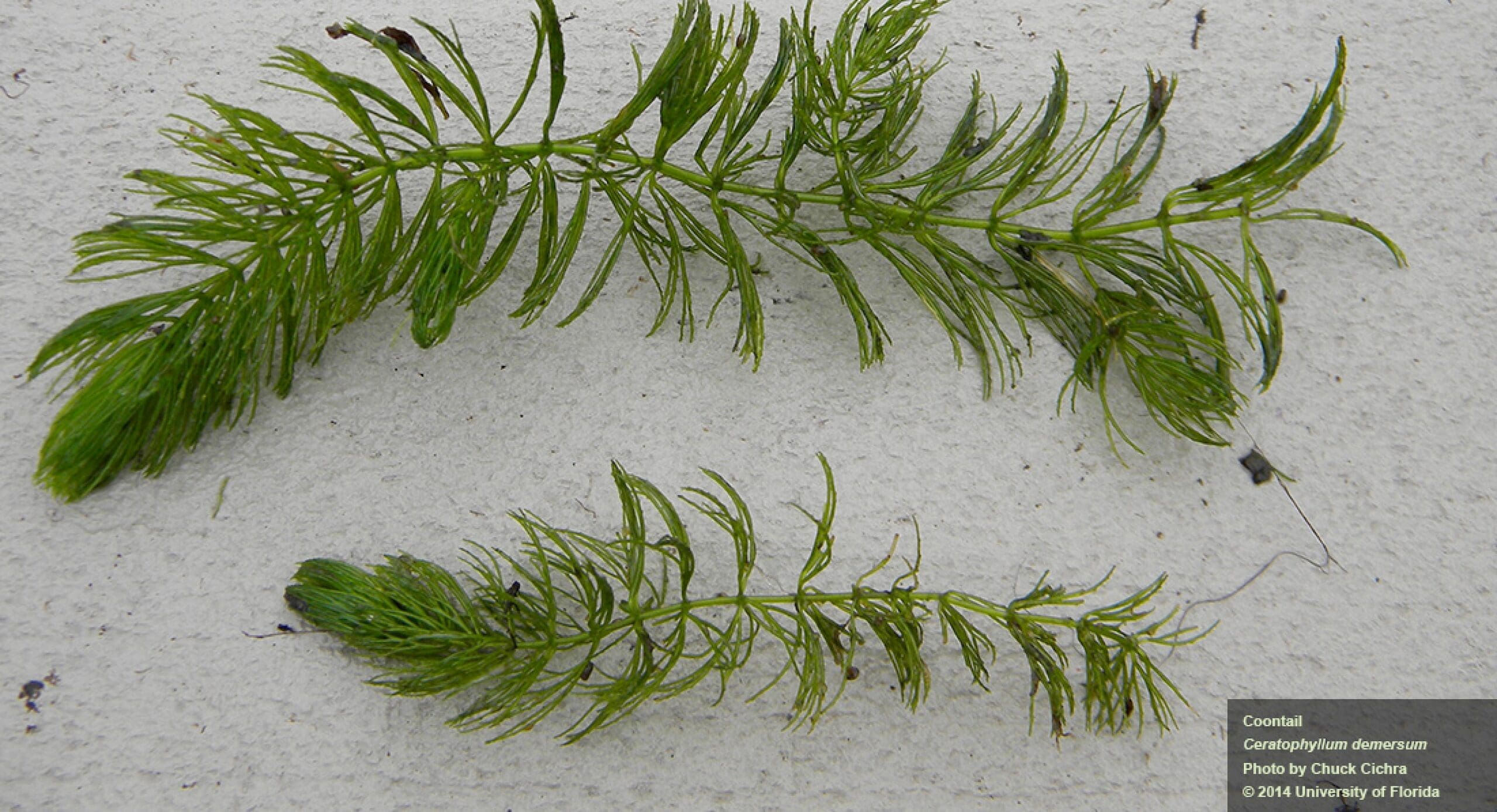In the vast realm of aquatic flora, an intriguing species asserts its presence – the Ceratophyllum demersum, often colloquially referred to as the aquatic weed. As you endeavor to understand this plant, it is imperative to explore its attributes, distribution, and ecological connotations. This article embarks on a detailed examination of the Ceratophyllum demersum, bringing to the fore its characteristics, the habitats it thrives in, its function in an aquatic ecosystem, and the impact it has on other marine life. The discourse aims to provide a comprehensive understanding of the plant, guiding you through an intricate maze of scientific knowledge with clarity and precision.

Overview of Ceratophyllum demersum
Scientific classification and background
Ceratophyllum demersum, often known as Hornweed, is a submerged, free-floating aquatic plant that belongs to the Ceratophyllaceae family. It is a perennial plant that is highly adaptable, growing in soft to hard water environments, mostly in stagnant water bodies. As a result of its invasive nature, it has a cosmopolitan distribution, finding its origins in all the continents except Antarctica.
Common names and regional variations
Apart from its scientific name, Ceratophyllum demersum is known by multiple common names worldwide, such as coontails, hard hornwort, rigid hornwort, and mermaid weed. These names mainly stem from the plant’s physical characteristics, noted later in this article.
Description of physical characteristics
Ceratophyllum demersum exhibits a well-branched bushy pattern anchored to the substrate by a modified leaf acting as a root. It can grow as long as 1-3 meters, with whorled, forked, dark-green leaves appearing feather-like. It does not produce visible flowers or fruits, and the seeds bear spine-like appendages.
Habitat & Distribution
Preferred types of water bodies
The plant can adapt to a multitude of water bodies, including ponds, lakes, slow streams, canals, reservoirs, and marshes, but thrives best in still or low-current water bodies. It shows a preference for calcareous and nutrient-rich waters, often found at various depths, from the surface to waters as deep as 20 meters.
Geographical locations and climate preferences
The plant occurs globally, across diverse climatic conditions, tolerant to cold weather and temperate regions, while also flourishing in tropical climates. From the United States to Eurasia, Ceratophyllum demersum is present irrespective of the hemisphere.
Significant invasion areas
Regions such as Australia, the United States (especially central and northeastern states), and parts of Europe have reported significant invasions, leading to an imbalance in native aquatic ecosystems.
Life Cycle of Ceratophyllum demersum
Season-dependant growth and reproduction
Ceratophyllum demersum’s growth becomes noticeable from early spring until late fall, with the plant often breaking into smaller fragments in late summer, aiding the dispersal process. The plant is majorly monoecious, producing male and female flowers on the same plant, and reproduction occurs primarily vegetatively, resulting in dense mats of growth.
Flowering and seeding
The plant produces small, inconspicuous flowers directly on the plant body. Due to the absence of a true stem and the submerged lifestyle, pollination occurs underwater through water movement. Eventually, the flowers give rise to hard, nut-like seeds facilitating the spread and establishment of the plant in new water bodies.
Survival and propagation mechanisms
The survival mechanism for Ceratophyllum demersum includes the production of turions during the fall, which are compact, hardened buds that sink to the bottom for surviving harsh winter conditions. These turions, alongside the seed production, stand at the forefront of the plant’s propagation.
Ecological Importance
Role in aquatic ecosystems
Ceratophyllum demersum has a significant role in water oxygenation and reducing lighting, playing a preventive role against algal blooms. The plant also provides shelter and breeding grounds to various aquatic species, contributing to the overall biodiversity of the ecosystem.
Significance to wildlife and fishes
The weed is significant to many freshwater fish and other small aquatic organisms, providing them with a food source and shelter. Waterfowl also feed off the seeds and fruits of the plant.
Role in nutrient cycling
By absorbing surplus nutrients such as nitrogen and phosphorus present in the water, the plant helps in nutrient recycling, improving overall water quality.

Ceratophyllum demersum as an aquarium plant
Commercial utilization and care
The plant is often utilized in aquarium settings due to its oxygenating capabilities and its role as a refuge for fish fry. However, it requires regular trimming to manage its rapid growth and potential to overtake the aquarium.
Pros and cons in the Aquarium
The plant provides several benefits to an aquarium setting, including water filtration, oxygenation, and providing a habitat to smaller fish. On the downside, its rapid, unchecked growth can dominate an aquarium environment, competing with other aquatic plants for resources.
Guidelines for cultivation and maintenance in tanks
To cultivate Ceratophyllum demersum in aquariums, ensure a consistent light source and nutrient-rich water. Regular trimming will help to control its invasive nature.
Ceratophyllum demersum as a problem weed
Reasons for invasiveness
The major factors contributing to the plant’s invasiveness include efficient reproductive strategies, high tolerability to variable environmental conditions, and the ability to out-compete native plants for resources.
Impact on bodies of water
The unchecked spread of Ceratophyllum demersum may cause an imbalance in aquatic ecosystems, threatening biodiversity, clogging waterways, impacting water quality, and disrupting recreational activities.
Economic impact on activities like fishing, boating etc
The invasive nature of Ceratophyllum demersum can adversely affect water-related activities such as fishing, boating, and swimming, due to its tendency to form dense mats, hindering navigation and access to water bodies, causing substantial economic losses.

Management and Control Methods
Mechanical control methods
Mechanical methods of control include physical removal of the plant, either by hand or by using specialized machines. However, care must be taken to remove all fragments, as they can lead to reinfestation.
Chemical control methods
Chemical control using specific herbicides might be effective. However, these methods must adhere to environmental regulations to avoid causing further harm to the water bodies.
Biological control methods
Biological control options exist in the form of certain fish species that can feed on the plant. But, their efficiency differs according to environmental conditions, and an unrestrained increase in these populations might cause other ecological problems.
Research on Ceratophyllum demersum
Scientific studies on the weed’s biology
Several studies have been undertaken to better understand the biology and ecology of Ceratophyllum demersum, focusing on its reproductive mechanisms, adaptability, and spread.
Research on toxicity and water purification capabilities
Research has revealed Ceratophyllum demersum’s efficiency in phytoremediation, the process of using plants to remove harmful substances from water. Hence, the plant shows potential for biotechnological applications in wastewater treatment.
Studies on weed control methods
Various control strategies on the plant have been investigated, ranging from mechanical, chemical to biological, to find the most effective method to curb its invasiveness while being least harmful to the aquatic ecosystem.

Legislation and Policy
Laws regarding the introduction and control of invasive species
Many countries have laws in place aimed at preventing the introduction of invasive species, including Ceratophyllum demersum. These legal provisions also mandate control measures and penalties for non-compliance.
Specific legislation about Ceratophyllum demersum
Due to the widespread invasiveness of Ceratophyllum demersum, many regions have specific regulations, such as bans on import, transportation and planting of the aquatic weed.
Role of local, national, and international agencies
Various agencies work towards control and management of invasive species like Ceratophyllum demersum. Their roles include research, development of management measures, awareness campaigns, prevention, and monitoring.
Climate change and Ceratophyllum demersum
Potential effects of warming temperatures
With the ongoing climate change and increasing temperatures, the spread of Ceratophyllum demersum could escalate due to its capacity to tolerate higher temperatures and potential increases in nutrient runoff.
Prediction of spread patterns
Scientists predict that changes in precipitation patterns, temperature, and extreme weather events might facilitate the spread of Ceratophyllum demersum. Predictive modelling tools help forecast potential future spread, aiding in mitigation efforts.
Strategies for management and control in the future
Considering potential climate change impacts, a sound strategy would be to adapt our management methods. Researchers are exploring new technologies, including enhanced biological control methods and eco-friendly herbicides, to control Ceratophyllum demersum. It’s crucial to focus on prevention, early detection, rapid response, and long-term control while integrating climate projections into the management plans.
